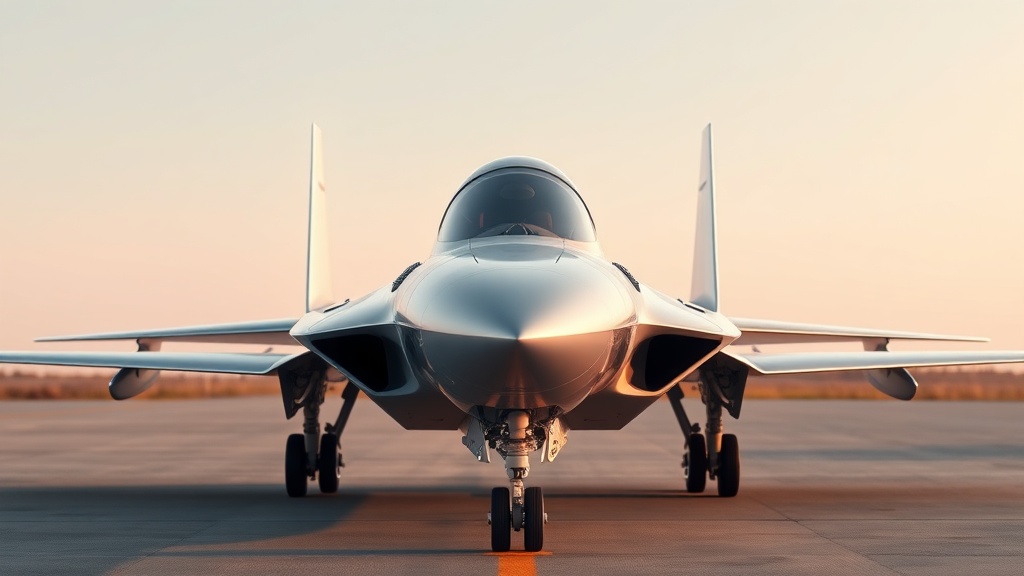Home / Technology / NASA's X-59 Quiet Supersonic Jet Takes Historic First Flight
NASA's X-59 Quiet Supersonic Jet Takes Historic First Flight
28 Oct
Summary
- NASA's X-59 quiet supersonic research aircraft conducts first flight
- Data from future flights to inform new noise regulations for supersonic travel
- X-59 designed to reduce sonic booms and enable future commercial supersonic flights

On October 28, 2025, NASA's X-59 quiet supersonic research aircraft conducted its historic first flight from the U.S. Air Force's Plant 42 in Palmdale, California. The flight marks a significant milestone in the agency's Quesst mission to demonstrate low-boom supersonic flight.
The Skunk Works-built X-59 jet took off at approximately 8:14 a.m. local time, reaching a speed of around 240 mph and an altitude near 12,000 feet before landing at NASA's Armstrong Flight Research Center in Edwards. NASA test pilot Nils Larson evaluated the aircraft's basic handling qualities and system integration during the short shakedown flight.
The first flight begins a months-long series of envelope-expansion tests to confirm the X-59's airworthiness and safety before the aircraft moves into higher-speed runs exceeding the speed of sound. Built under NASA's Quiet Supersonic Technology (QueSST) program, the X-59 measures nearly 100 feet long with a sharply tapered nose designed to disperse shockwaves and reduce the sonic boom to a quieter "thump."
NASA has stated that data from the X-59's future flights will be shared with U.S. and international regulators to help establish new acceptable noise thresholds for commercial supersonic operations over land. This could pave the way for a new generation of quiet supersonic aircraft and the potential return of commercial supersonic flight.




